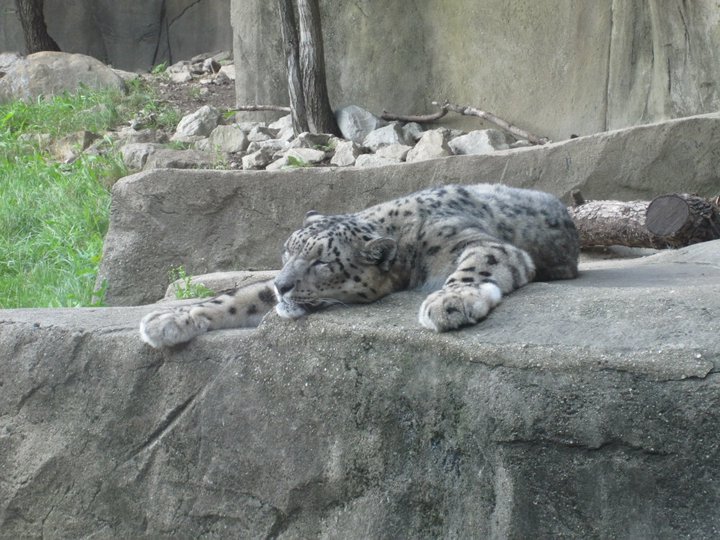Study background and acquiring funding
Several years back I was attending a wildlife conference in New Jersey, and I met a genetics researcher during the 5k fun run. After the run we chatted over breakfast and I found out that he had previously worked with snow leopards, studying their genetics of course. Well, if you don’t know, snow leopards are one of my favorite species and one I had always wanted to work with. I had asked if they had done any specific disease testing on them in Nepal and they had not. This began a discussion on how we could partner to do this work. He graciously put me into contact with another researcher based in Nepal and we began to put together a potential study proposal to look at pathogens present in wild snow leopards and domestic livestock, dogs and cats, to see if there was a spillover of disease happening between those species and how we might mitigate this. The idea is that we would show that by providing adequate care for the domestic animals we may be able to diminish the pathogens in snow leopards, improving their overall health and helping grow their population, while also helping the communities that live in their range.

It can take a long time to acquire funding. Especially if you are an independent researcher with no previous grant funding to show and not affiliated with a university or agency of any kind. It took 3-4 years to get funding. But I persisted with each rejection and just applied for a different one. In the end, I was awarded a $15,000 grant from the Andrew Sabin Family Foundation and Zoo New Hampshire as well as an additional $4,500 from the Snow Leopard Conservancy. It was enough to do a small pilot study and see what kind of data we might be able to gather. We were off.